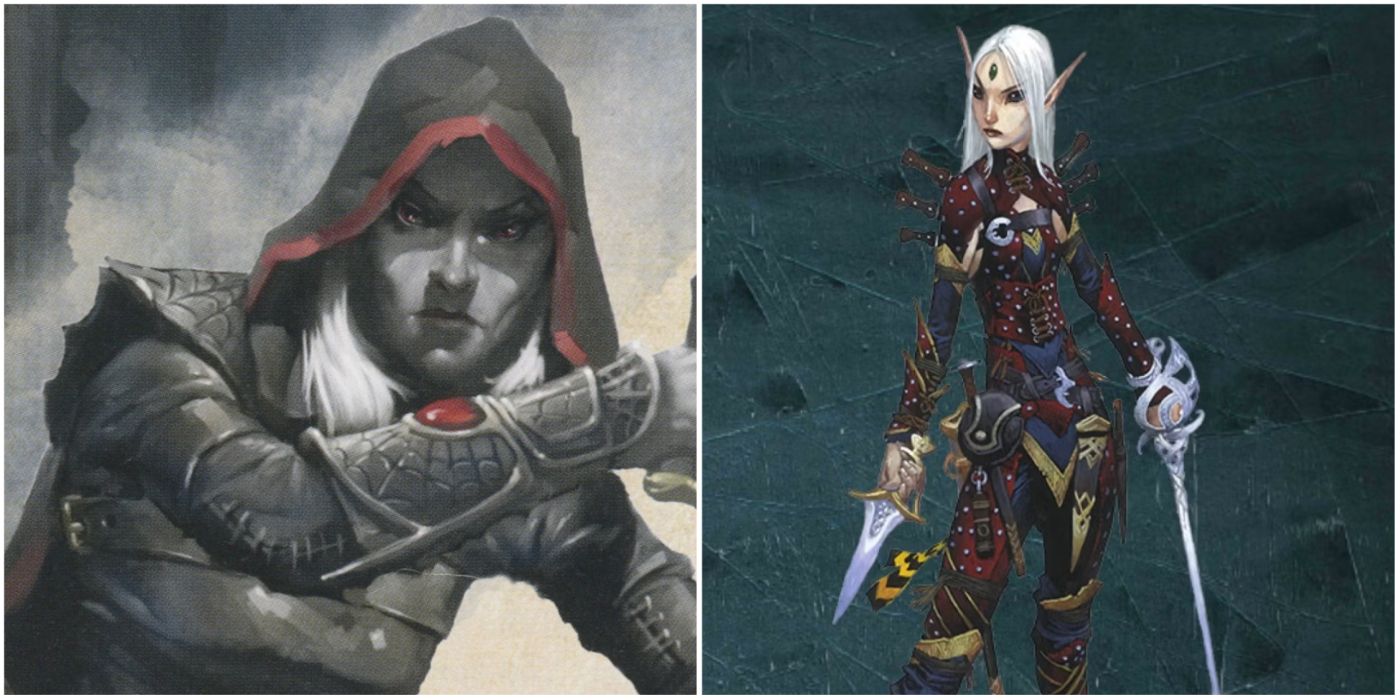Pathfinder and Dungeons & Dragons have many similarities. same scout Second Edition, which tries its best to stand out from the other system, has a lot in common with D&D 5e. This is especially noticeable in the premise and core concepts of the games. In particular, they share many base classes.
Scout 2nd It has more classes than D&D 5th. However, almost all D&D classes 5th have some sort of analogue in Scout. The rogue class appears in both systems. There are obvious similarities, such as their premise and fighting style. However, the different mechanics of the system also guarantee many differences.
How are D&D rogues similar to Pathfinder rogues?
Sneak attack is a basic ability of both
Few things are more fundamental to a thief’s identity than Sneak Attack. Since the first editions of J&D, Rogues have been defined by their use of low blows and indirect tactics in combat. They prefer not to meet their enemies face to face. Instead, Rogues use distraction, distraction, and stealth in combat.
5 Ways D&D Warlocks Look Like Pathfinder Warlocks (And 5 Ways They’re Different)
D&D: 5 Ways Druid Is The Best Class For Beginners (And 5 Ways It’s Not)
In D&D 5e and Pathfinder 2e, Sneak Attack is a rogue’s basic combat mechanic. Adds a number of d6s to their weapon damage that scales as they level up. Rogues need an attack advantage or an ally next to their target to sneak attack 5th. Scout it’s similar, with the rogue needing a flat-footed target to deal this damage.
Both gain more skills than other classes
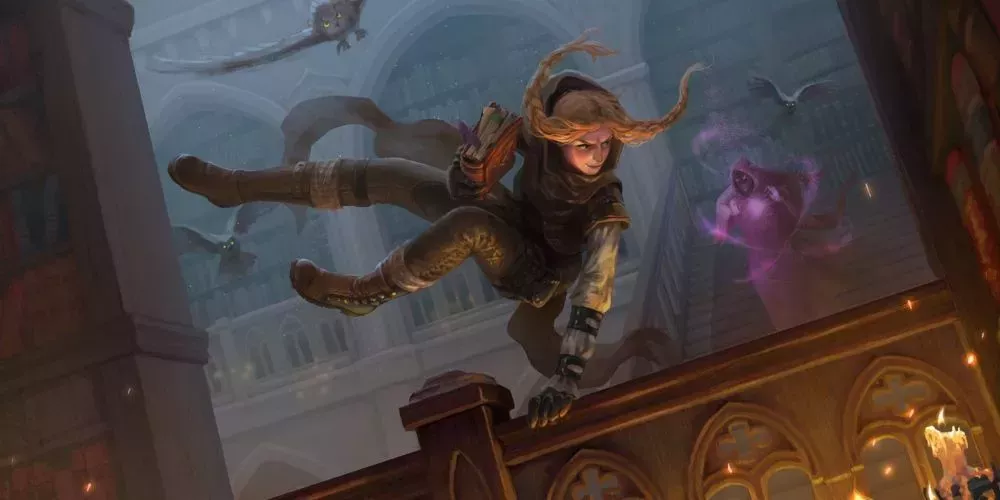
Rogues are also usually skill specialists. His main utility outside of combat lies in his mastery of a large number of skills. A common stereotype of thieves is that these abilities involve trickery, stealth, and sleight of hand. However, thieves are usually able to do whatever they want. They can be charming, sly, knowledgeable, and many other abilities.
the rascalsthe D&D 5e they have more skills and benefits than any class other than the bard. Even versatile classes like the Artificer cannot match his vast skills. the thugs of Pathfinder 2 They gain a skill increase with each level. This is double most other classes and leaves them unmatched in their abilities.
They can play with magic on any system
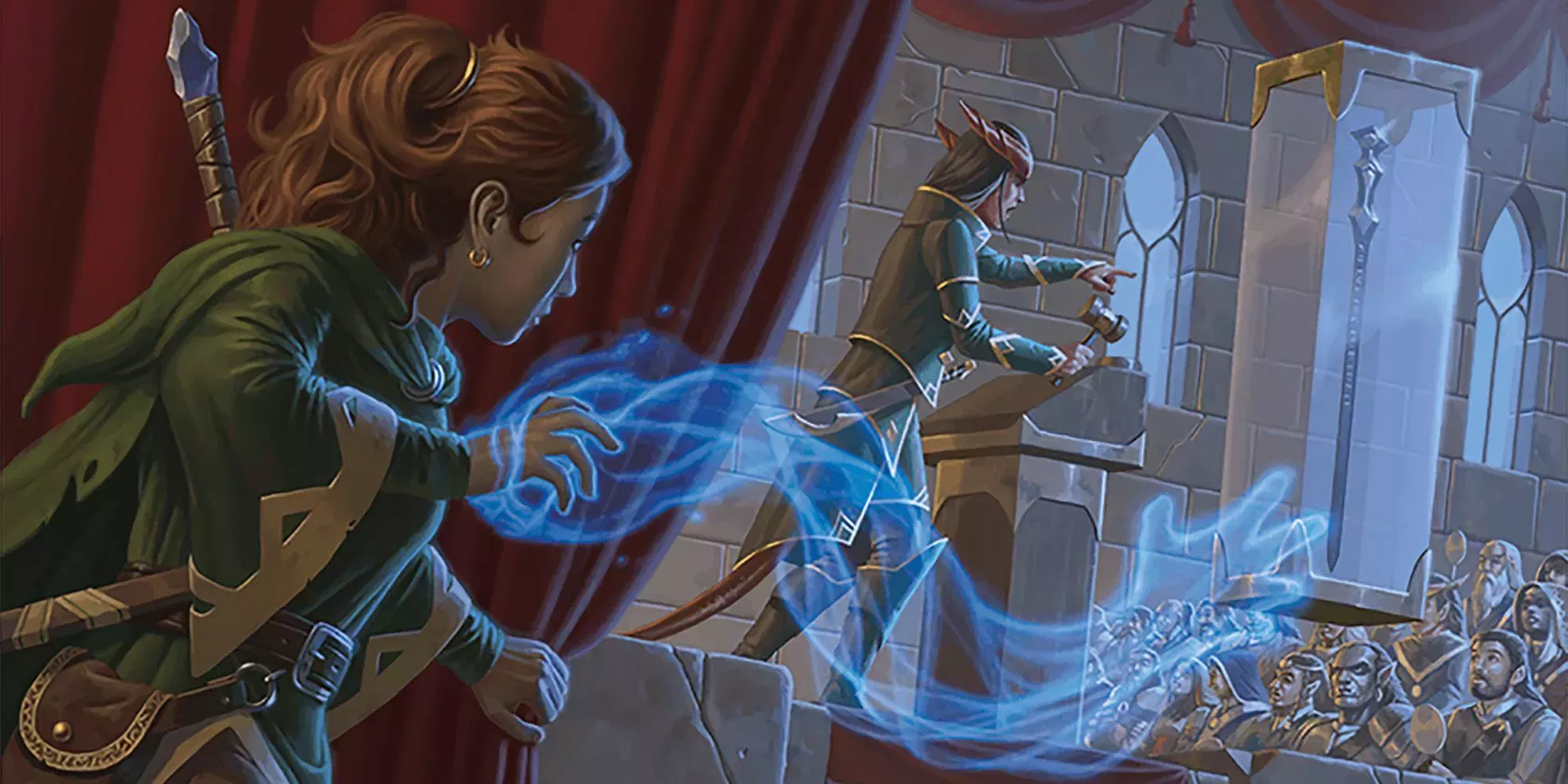
Rogues’ versatility lends itself to many areas. In previous editions of J&D y Scout, rogues often had to multiclass, prestige classes, or optional archetypes to obtain spells. However, D&D 5th like Pathfinder 2nd they allow thieves to use magical abilities in addition to their other abilities.
the thug of D&D 5e has the Arcanist Rogue archetype. This grants him wizard spells up to 4th level and other magical abilities. the thug of Pathfinder 2 You can take the Eldritch Trickster Harlequin archetype. This allows them to take a multiclass archetype for any caster class without fulfilling their requirements.
Both can use their dexterity to increase their damage
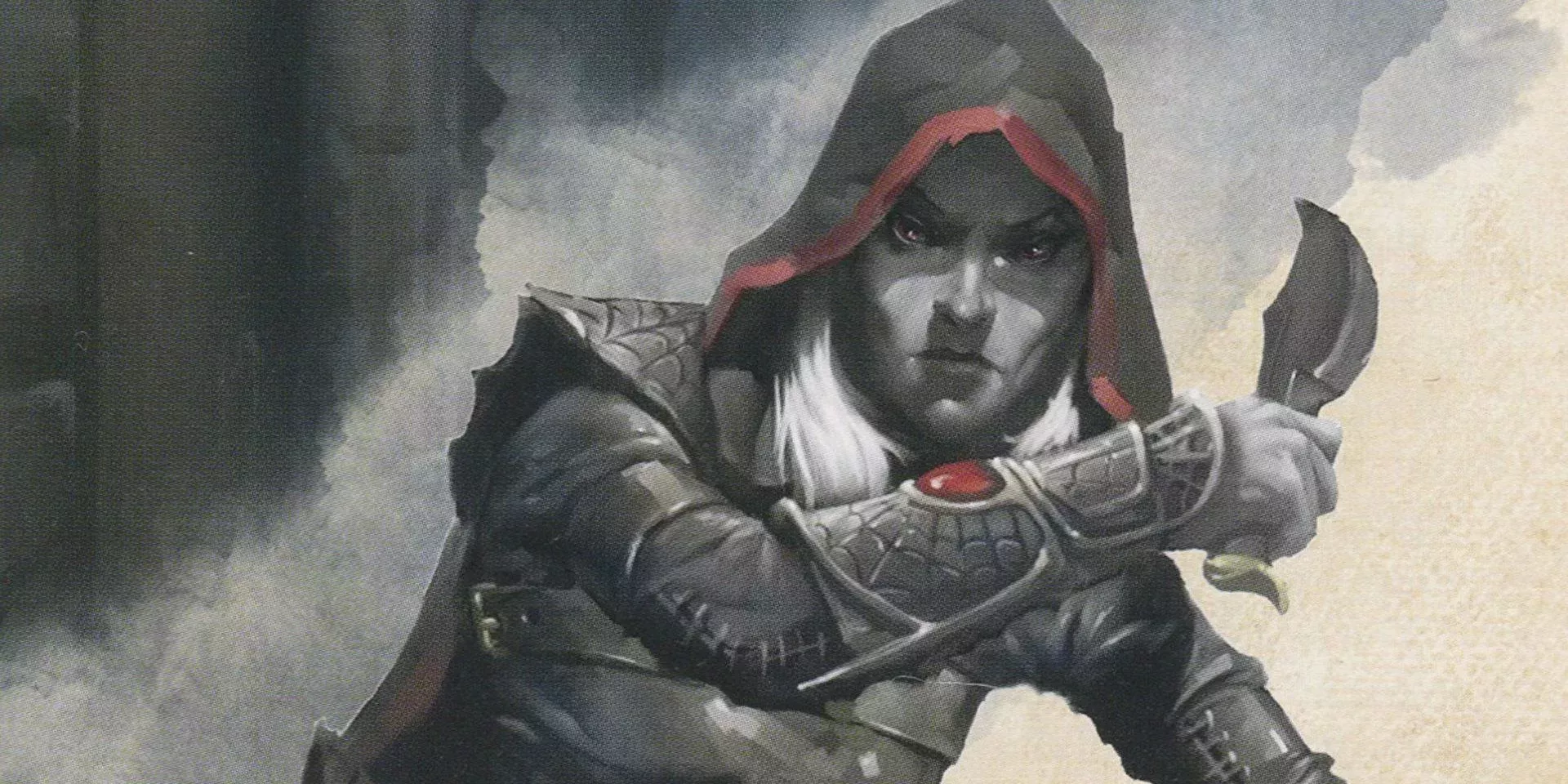
Few thieves are muscular, muscular brutes. Strength is usually not one of the best ability scores for a rogue. Even if Scout 2nd y D&D 5e have different ways of dealing with Dexterity attacks and Dexterity weapons, both systems allow Rogues to use their Dexterity to deal damage.
In the case of D&D 5e, this is a natural function of dexterity weapons. Rogues must use Finesse weapons to activate Sneak Attack, so they will almost always add their Dexterity to the damage. In Scout 2nd, this is exclusive to Thief Rogue. In both systems, a thief can be well rewarded for investing in dexterity above all else.
They are fragile in any system, but with caveats
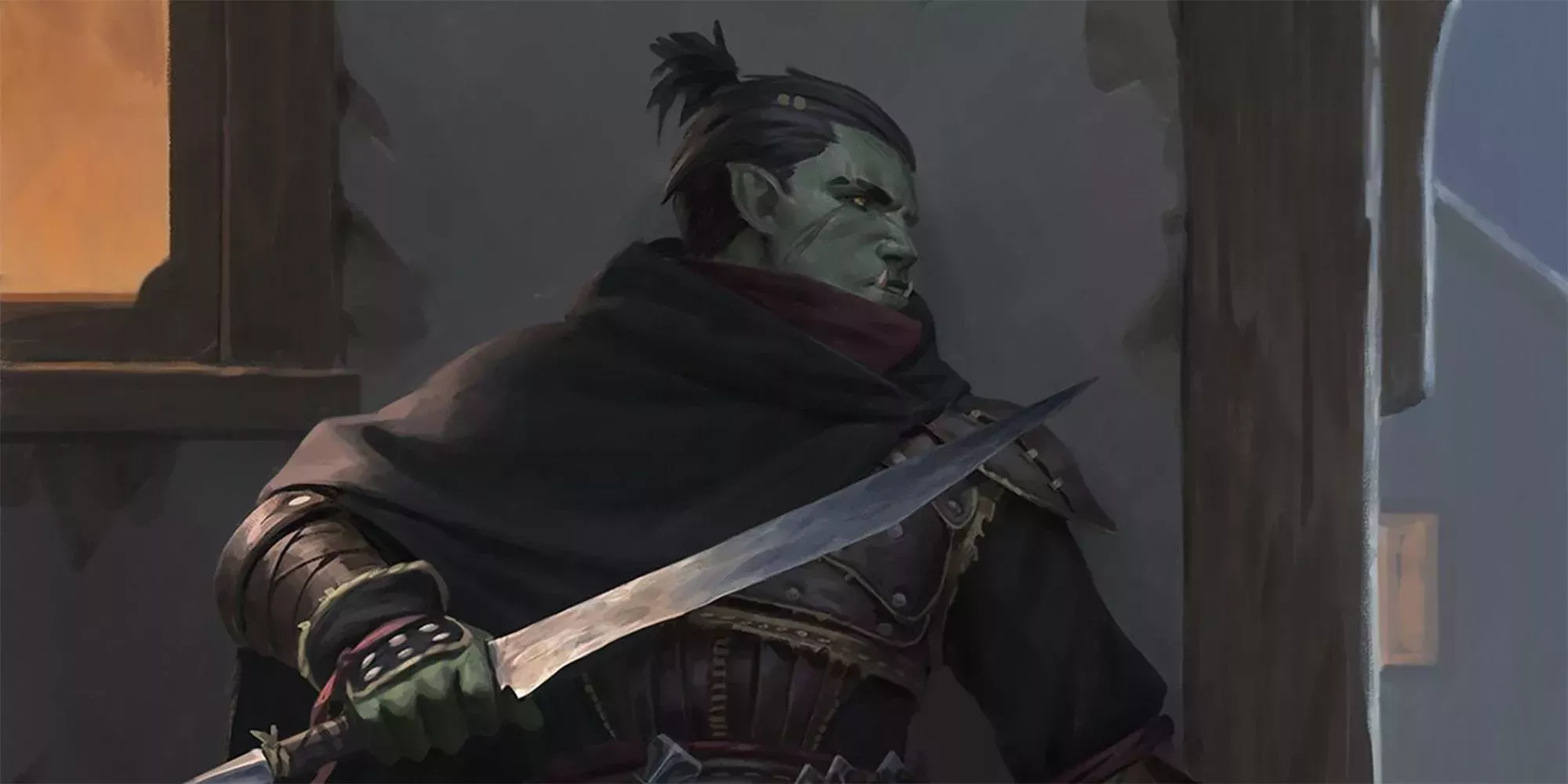
Rogues are rarely good tanks. They have better armor class and hit points than most wizards. Melee combat is usually an option for them. Despite this, they often have worse armor and much lower hit points than frontline warriors such as Brawlers or Barbarians. This does not mean that thieves are defenseless.
Rogues of both systems have various abilities that indirectly increase their stamina. the thugs of J&D 5th they have Uncanny Dodge, which allows them to take half damage from a single attack; and Evasion, which increases your resistance to area of effect attacks. the thugs of Pathfinder 2 They cannot be surprised by most creatures and also have their own version of Evasion.
D&D Rogues Are Not Like Pathfinder Rogues
D&D thieves can only stealth attack once per turn

Sneak Attack is a useful skill in D&D 5e, but it is limited. A rogue can only benefit from his bonus damage once per turn, regardless of how often he attacks. This rewards players for successfully attacking other characters in turn. Ready actions and attacks of opportunity are very valuable for rogues. of J&D5th.
This restriction does not appear in Scout 2nd. Every time a thug of 2nd attacks a flat-footed enemy, it can deal bonus sneak attack damage. This is offset by the lower sneak attack scale of Scout 2nd, and reduced accuracy of multiple attacks. However, Rogues can deal a lot of damage to helpless enemies.
Pathfinder Rogue skill bonuses aren’t that high in comparison
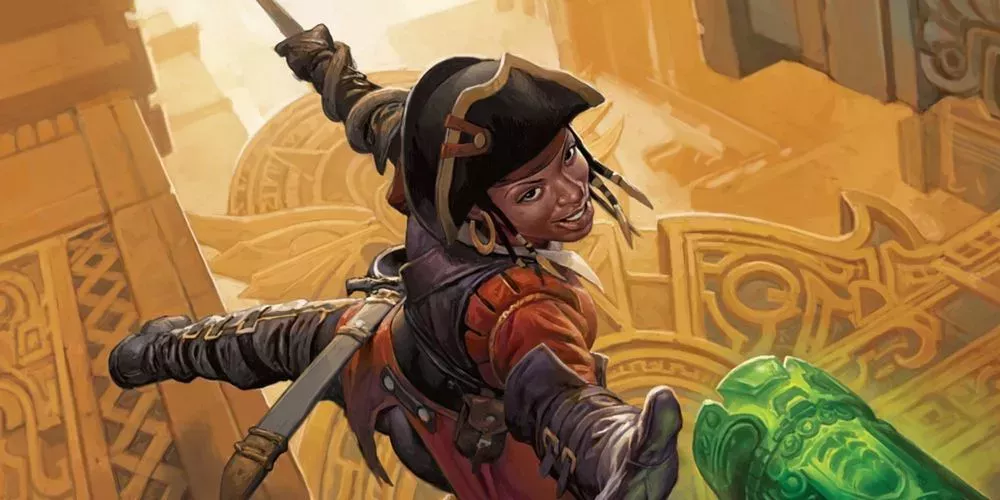
Thieves are skill experts in both systems. Rogues have a wide range of abilities that they can use better than most other characters. However, D&D thieves 5th they push the limits of the mathematics of the system. Bonuses are small in J&D 5th. The skill doubles a character’s skill bonus. Rogues can get +17 to abilities in a system where +3 is a respectable bonus.
the thugs ofScout 2nd they are always better with skills than other classes. They get double the number of skill boosts. This allows them to increase more abilities to Expert, Master, and Legendary than other classes. However, other classes can still increase abilities to Legendary. In D&D 5e, Rogues outrank nearly every other character with pure bonuses. In Scout 2ndinstead, they are much wider.
D&D rogues cannot weaken enemies like Pathfinder rogues

the rascalsby D&D they focus almost exclusively on combat damage. Its basic sneak attack does not inflict any additional status effects on allies. They don’t have the debilitating spells or maneuvers of other classes. Rogues focus on reducing enemy hitpoints and nothing else in combat.
the thugs ofScout 2nd they have a bit more versatility. In addition to Sneak Attack, they have the Debilitating Strike ability. This is a free action they can use to inflict status effects on horizontal targets. It later evolves into Master Strike, which can instantly debuff, cripple, or even kill enemies. Additionally, feats can grant thieves additional effects on their hits.
The free D&D thief exploit is much more open
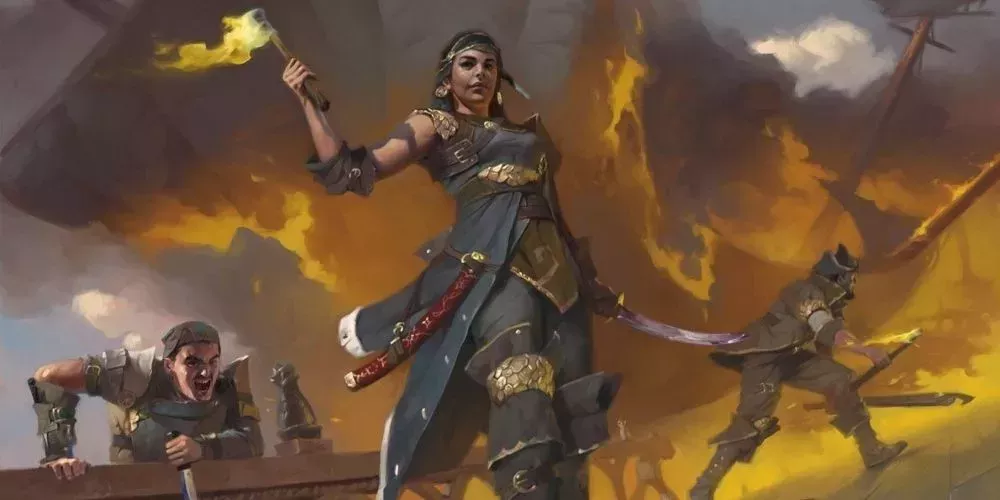
Part of a thief’s versatility and strength in J&D comes from an additional skill score buff. The Thief is one of two classes that get more than the norm. They can use it to increase their ability scores more than other characters. Alternatively, they can use it to take one of the D&D 5e feats.
Rogues have free choice of exploits with their ability score bonus. This is not the case of the thug Scout 2nd. All classes of 2nd they get skill upgrades at the same levels. The thief gains bonus feats compared to other classes. However, these are all feats of skill and more limited than the thief’s free choice. J&D 5th.
Pathfinder Rogues Can Learn To Sneak Attack With More Weapons

Sneak Attack has strong restrictions in both systems. These are both thematic and mechanical. An unexpected blow with a greatsword could be devastating. However, both systems require Rogues to use Finesse or ranged attacks to benefit from Sneak Attack. The exception to this is one of the thieves of Scout 2nd.
The Racket Ruffian is based on intimidation and combat. This manifests in particular in the ability to sneak attack with any simple weapon. A Rogue Rogue can focus on the Force and sneak attack enemies with clubs or spears. It also gives more versatility, as it allows the thief to make good use of a greater number of weapons from Scout 2nd.

